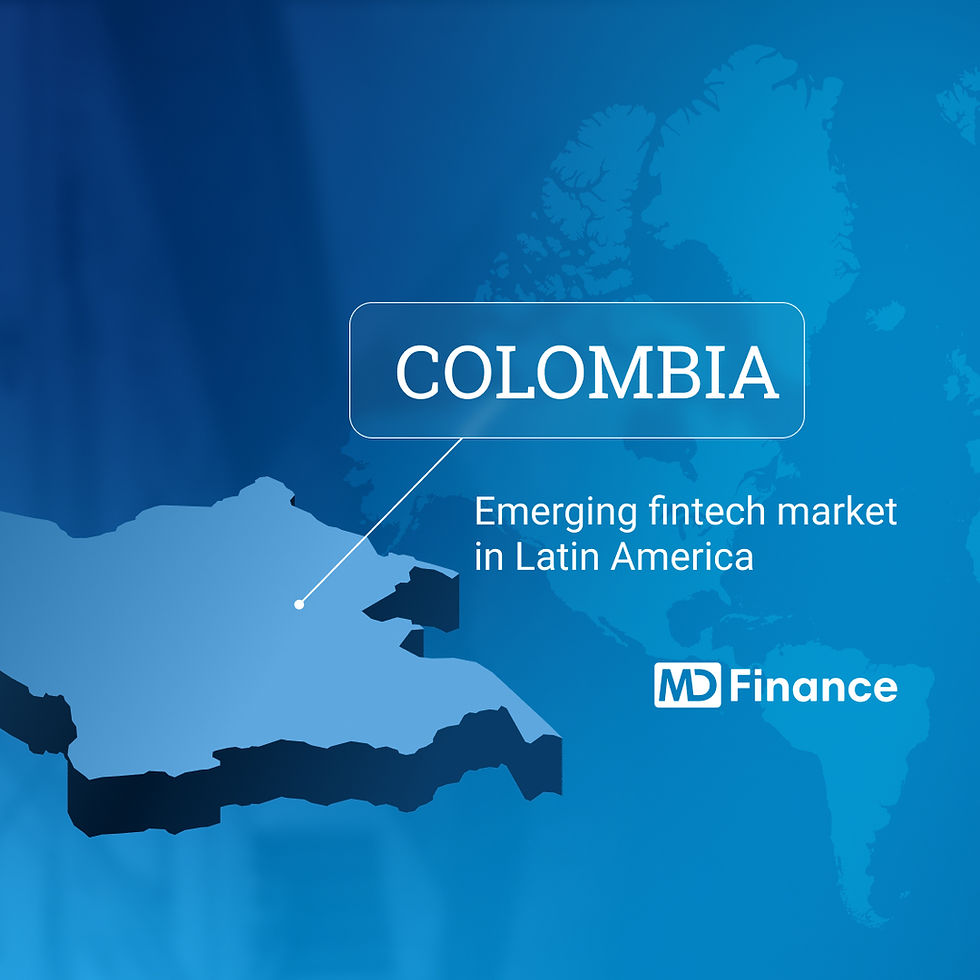B2B Buy Now, Pay Later: A Trillion-Dollar Opportunity in the Making
- MD Finance Team

- Oct 3
- 3 min read

Buy Now, Pay Later is no longer just a consumer story. After years of expansion (and turbulence) in the B2C space, the spotlight has shifted to business-to-business transactions. Here, the market is far larger, the pain points deeper, and the impact potentially transformative.
Global B2B payment volumes amount to around $120 trillion annually – it is nearly three times the size of consumer markets. Yet small businesses still face a staggering $2.6 trillion credit gap in financing. For many of them, waiting 30, 60, or even 120 days for payment can be a survival question. This is where B2B BNPL solutions is beginning to change the game.
How B2B BNPL model works
At its core, the B2B BNPL model is simple: a buyer receives goods or services immediately but pays later; the seller receives payments upfront from the BNPL provider, who assumes the credit risk. The platform integrates directly with the seller’s systems via APIs or plugins for ERP software, and partners with lenders who provide the capital.

What makes BNPL distinct is speed and integration. Traditional trade credit often relies on trust built over years and involves slow, manual approvals. Classic factoring, while faster, can be costly and bureaucratic. BNPL brings automation and real-time decisioning, making flexible financing available at the very moment of purchase.

For suppliers, this means higher conversion rates and larger order sizes – online sales boosted by 20-40%. For buyers, it means access to much-needed liquidity and more predictable cash-flow management. And for the market as a whole, it signals a shift towards embedded finance, where credit is no longer an afterthought but a seamless part of business.
Key players and its features
The BNPL field is diverse, reflecting the spectrum of B2B needs. Billie and Mondu target large enterprises, financing baskets of up to €1 million. Treyd and Getdefacto focus on SMEs, offering transaction sizes from €45,000 to €100,000. Meanwhile, players like Two are stretching the boundaries with installment plans of up to 24 months, moving BNPL closer to long-term trade finance.
Approaches to monetization differ as well. Some providers charge merchants via transaction fees or discounts, seeing adoption as a sales tool. Others shift costs to buyers in the form of service or late-payment fees, appealing to businesses that opt immediate liquidity. This variety shows that B2B BNPL is not one-size-fits-all, but an evolving solution adaptable to industries such as SaaS, construction, agriculture, and more.


However, the sector has also seen its failures, highlighting the importance of stable funding and strong risk management. BizPay in Australia collapsed in 2023 after its funding base dried up, despite ambitions for a $400M IPO. Behalf in the US and Israel, once valued $500M-$1B, shut down when deteriorating market conditions and tighter capital availability undermined its funding model. In Europe, Sprinque closed its doors in 2024, with founders citing a tighter investment climate and market conditions.
A market with trillion-dollar horizons
Today, revenues from B2B BNPL are modest and makes up around $14B, dwarfed by the $300B generated in B2C. But analysts expect BNPL to capture 15-20% of global B2B payments by 2030, which could mean $25-30 trillion in transaction volume. At typical BNPL fee levels of 3-4%, that translates into a total addressable market of $700B to $1.3T.

Beyond the numbers, B2B BNPL has structural advantages over its consumer sister. Buyer-supplier relationships are long-term and recurring, making financing stickier. Liquidity management is critical rather than optional, and cross-border trade, often slowed by payment mismatches, can be smoothed with standardized credit terms.
Unsurprisingly, partnerships in B2B BNPL are growing. Payment service providers like Stripe and Adyen are embedding BNPL directly into merchant flows. Banks, including BNP Paribas and HSBC, are teaming up with fintech specialists, combining balance-sheet strength with agility. Insurers such as Allianz and Atradius are stepping in to de-risk the model.
B2B BNPL is still in its early stages, but it is undergoing consolidation and is evolving into a core component of broader B2B payments and financing platforms.
Read the full report to explore the players, trends, and future scenarios driving this transformation:


